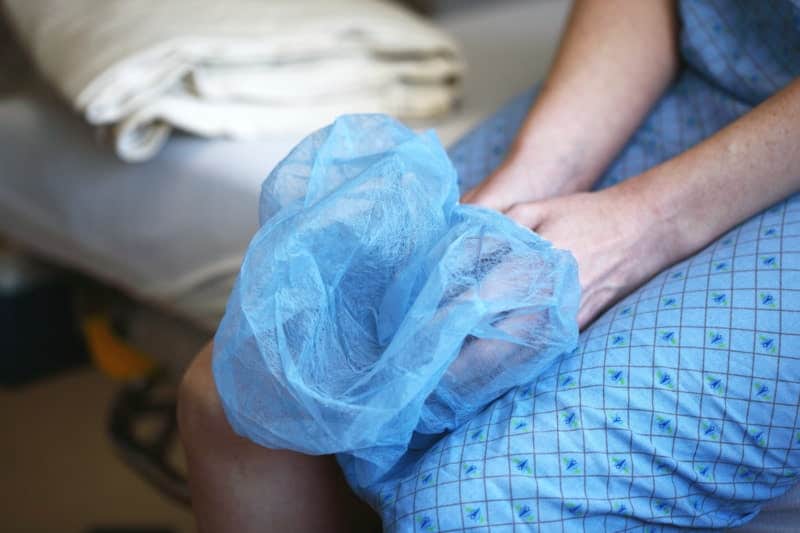
This refers to a drooping of the uterus, bladder or rectum beyond the vagina. It is more common in older women, affecting 1 in 3 women who have had children. 1 in 10 women will need surgery in their lifetime for POP.
The type of surgery advised by your urogynaecologist will depend on your severity of pelvic organ prolapse, age, general health, medical conditions, surgical history and sexual activity. There is no one-size-fits-all. Each surgery for POP needs to be individualised. Surgery needs to done under general anaesthesia.
This is the most common approach as the pelvic organs are drooping out from the vagina. If the uterus is prolapsed, there is no plans for more children and the woman has no desire to keep her uterus, a vaginal hysterectomy will be performed. The ovaries can be conserved if they are normal.
Surgery for prolapse in the other compartments (pelvic floor repair) involves making a cut in the vagina and separating the prolapsed organ away from the vaginal wall. Stitches or mesh are used to strengthen the defect in the supporting tissue, and the vaginal skin is closed to reduce the bulge.
If this is done for the bladder, it is known as an anterior repair or colporraphy. If this is done for the rectum, it is known as a posterior repair or colporraphy. In some cases, additional permanent sutures may be placed to hitch the top of the vagina to a strong ligament in the pelvis to provide additional support (sacrospinous ligament fixation/SSLF). Overall, there are no cuts on the abdomen.
Risks of surgery include:
Common (affecting 1-5% of patients):
Uncommon (affecting 0.1-1% of patients):
Rare (affecting <0.1% of patients):
Mesh usage is typically reserved for the most severe/ recurrent cases due to permanent implantation of synthetic material. This gives a better support for POP compared to stitches, but can only be used by trained urogynaecologists in a select few. There is a risk of mesh complications such as erosion, infection, scarring and chronic pain, which may require further procedures.
This is an option for women with previous hysterectomy and an apical prolapse (top of vagina collapsing downwards out of the vaginal opening). It involves making cuts in the abdomen and using a permanent synthetic mesh to hitch the vagina up to the sacrum, which is a large triangular bone at the base of the spine.
In a few instances, vaginal closure surgery may be recommended for women with severe prolapse who are medically unfit for vaginal pelvic reconstructive surgery and are not sexually active. This surgery involves pushing the prolapsed organs back into the vagina and stitching the vaginal walls together.
70% of women will have a long-term cure after undergoing surgery for POP. For those with permanent implantation of synthetic mesh, the success rate goes up to 90%. It is important to note that the limitation of pelvic reconstructive surgery lies in working with ageing/weakened tissues. Hence, pelvic organ prolapse typically recurs due to persistent risk factors that caused the initial prolapse. Although ageing cannot be reversed, lifestyle modifications like maintaining a healthy body mass index (BMI), avoiding chronic cough, constipation and lifting heavy loads remain essential.
Another important thing to continue after your surgery (after you have healed) is topical vaginal estrogen creams and tablets to minimise vaginal atrophy.